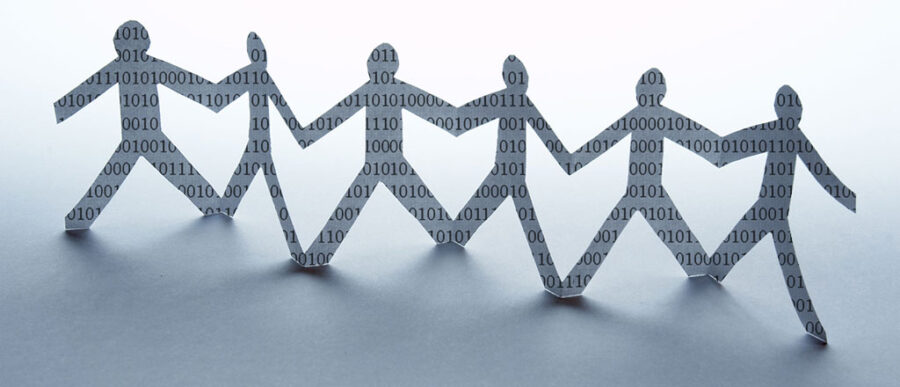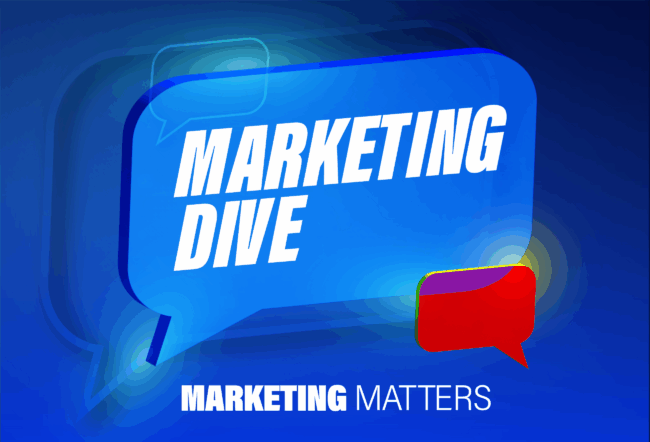It’s no longer good enough for companies to cater to the needs of many different customers. If businesses really want to build loyalty and lasting value, they must figure out the different needs within a single customer.
That’s the advice from Wharton marketing professor Eric Bradlow, who encouraged firms to think beyond the old-school definition of Customer Lifetime Value (CLV) — a metric that captures the worth of the entire relationship between firm and consumer. He said the modern definition of CLV includes how a single customer’s needs change over time.
“Ignoring heterogeneity does not seem very 2021 to me,” said Bradlow, who moderated a recent workshop by Wharton Customer Analytics in partnership with Teradata. The workshop, titled “Analytics in Action: It’s Still All About the Customer,” featured industry experts along with Wharton faculty who offered their insights on how companies can become more customer-centric.
To explain how the view of customers has evolved, Bradlow went back to basics with the Four Ps of marketing: product, price, placement, and promotion. These concepts have long been held sacrosanct as the key to unlocking the most value from a business. While the Four Ps are still relevant, they aren’t the only way to capture customer value because they don’t account for the heterogeneity within the same person, he said.
Bradlow offered himself as an example. He’s a professor, a radio show host, a business partner, a husband, a father, and a sports fan. What he’s looking for as a consumer largely depends on which role he’s filling.
“Ignoring heterogeneity does not seem very 2021 to me.” –Eric Bradlow
“I’m as much to blame for this as anyone else, because I thought for the first 20 years of my career that understanding heterogeneity [among customers] was enough,” he said. “What about the concept that there isn’t just one me?”
Customizing at Scale
Realizing and reacting to the full range of needs within each customer is a big challenge that needs big data, according to Kartik Hosanagar, Wharton professor of operations, information and decisions. He encouraged firms to harness the power of algorithms that can analyze customer preferences and provide a unique experience for all the hats an individual wears.
“To do this at scale, you have to rely on algorithms,” he said.
Hosanagar, who is also faculty co-lead of Wharton’s AI for Business, said Amazon, Netflix, and YouTube have mastered this technology, showing how machine learning helps keep customers engaged. When he visits Netflix, for example, his homepage is loaded with offerings based on his previous viewing habits. But those choices begin to change once he clicks on something different, like a comedy instead of a drama.
“YouTube does this brilliantly, as well,” he said. “We’ve all experienced this. We go to watch one video on YouTube, and before you know it, you’ve lost a couple of hours because they were just so good at recognizing the context and providing that level of personalization.”
Hosanagar did not dismiss the risks associated with automation, including data quality and privacy concerns, and worries over human biases that can get baked into an algorithm. He said companies have to be mindful of such issues while they build out their capabilities.
“No doubt, there’s tons of risk, but I think the opportunities are immense,” he said. “It’s all about having a governance structure in place while you’re embracing all of the upside and the potential.”
“Too often, we’re looking for a single answer and a silver bullet that comes readily off the shelf and is well-tested by science.” –Katy Milkman
Making a Change
Bradlow said it’s hard for companies to shift their old ways of thinking about customers, so he asked colleague Katy Milkman for some insight. Milkman, a Wharton professor of operations, information and decisions, and co-director of Penn’s Behavior Change For Good Initiative, is the author of How to Change: The Science of Getting from Where You Are to Where You Want to Be. The book offers science-based strategies for creating lasting, effective change.
While the book was written for individuals, Milkman said the strategies it contains have been tested on organizations, making them perfect for business leaders looking to navigate changes both large and small.
“The good news is people seem to be people across the board, whether they’re in managerial roles, employee roles, customer roles,” she said.
According to Milkman, marketers can borrow lessons from behavioral science that can be applied to customers, who often see their life stages as chapters in a book. From college to career to retirement, each chapter is a chance to start anew. It’s called the fresh start effect, she said, and it’s what drives consumers to make New Year’s resolutions, birthday promises, and other commitments that companies can capitalize on.
“When you feel like you have a chapter break and you’re turning the page, you feel like you have a bit of clean slate and a fresh start,” she said.
Milkman offered one important caveat for companies pursuing a more modern customer-centric course of action: there is no one-size-fits-all solution.
“Too often, we’re looking for a single answer and a silver bullet that comes readily off the shelf and is well-tested by science,” she said. “It really depends on the context and what the barriers are to change.”



